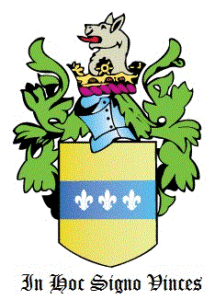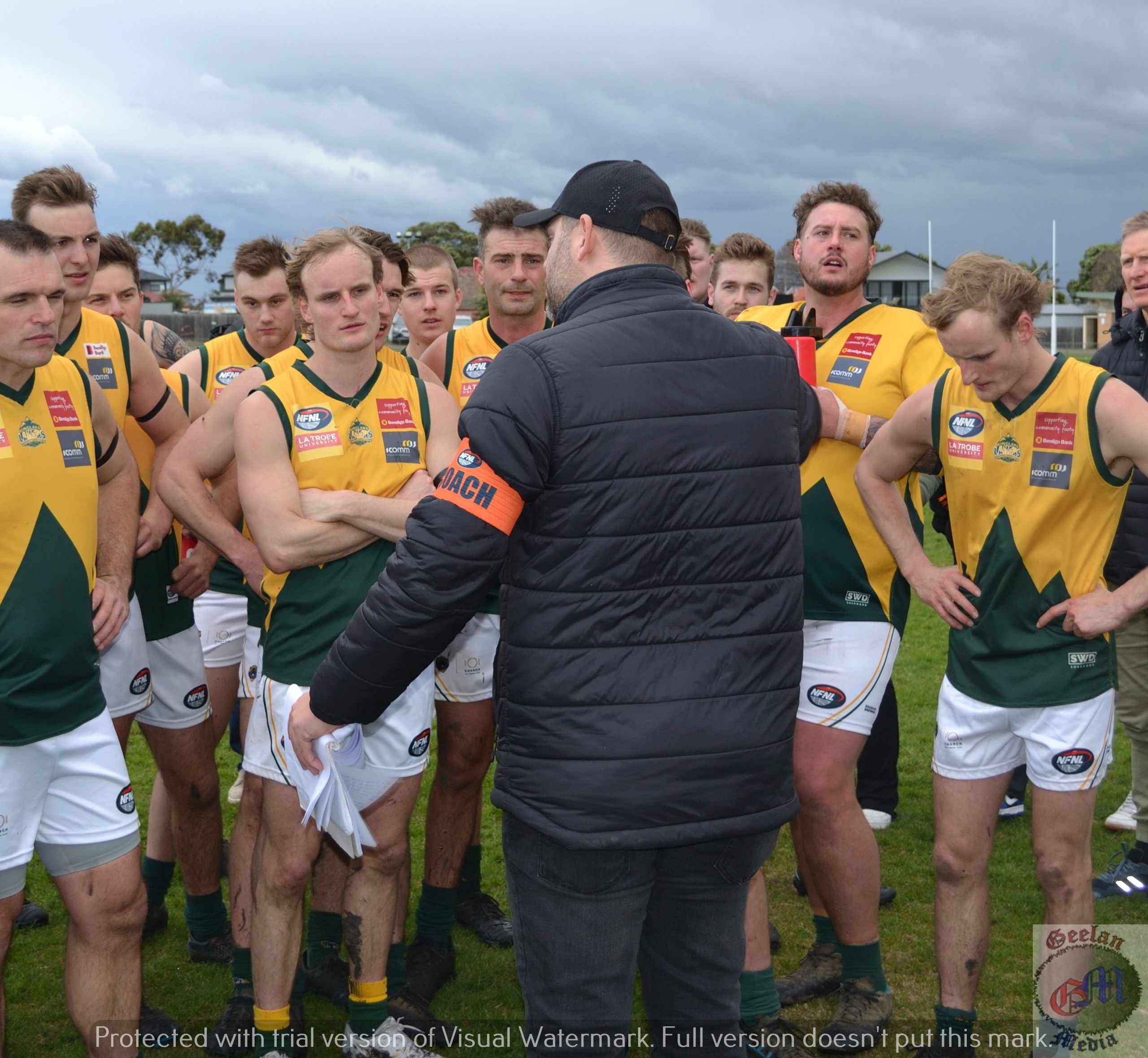Reminiscences of old residents of the Commonwealth are always entertaining, but there are not many living who have more interesting stories to tell than Mr. George Mitchell, the oldest employee of “The Age,” and the owner of this masthead’s maternal great-great-grandfather.
In comparison with some of our pioneers he is, perhaps, somewhat of a juvenile; but although he is barely 70 years of age, he holds the unique record of having spent nearly sixty of them in the service of one firm.
Like most of our ancestors, he had none of the advantages which the present generation of children enjoys. There was very little of school or college until manhood then. Those were what present-day industrialists regard as the dark ages when even children had to take their share in the serious business of life. Mr Mitchell was accordingly sent to work when only 10 years of age, and to hear him talk now of the succeeding days is to hear practically the history of newspaperdom, as far as this particular portion of the globe is concerned.
It was on January 1, 1858, that young Mitchell entered the service of “The Age.” The paper was then published in a small building on Elizabeth-street, a couple of doors from where the magnificent Equitable Building now stands.
All of Melbourne’s buildings were then small. Mr Mitchell says that more than half of Bourke and Collins streets consisted of shops and dwellings of but one story. Two or three-story buildings were very rare. Stewart Dawson’s corner was occupied by a small grocery shop. Very few parts of the city, in fact, were what they are today. He estimates that he has seen the square mile of the city of Melbourne rebuilt no fewer than three times. Often he was compelled to wade waist-high into the office owing to flood waters in Elizabeth Street. Many a time he saw water halfway up to the bar of the adjoining hotel.
The site of the present railway goods sheds at Spencer Street was then known as Batman’s Hill, and during the great flood in November 1863, he stood on the rise, which has since been cut away, and saw miles of water, with Emerald Hill like an island in the centre of it all. In those days residents of Flinders Street were frequently called upon by their butcher or their baker in a boat.
When Mr Mitchell first joined “The Age” it was not possible to publish accounts of the previous day’s happenings in other parts of the world as it is today. It was not possible, in fact, to record such recent events much nearer home. Cable communication between Australia and other countries had not then been established, nor were there telegraph, telephone or railway lines running out in every direction.

However great was the importance of overseas news, the only medium for its transmission to Australia were sailing ships and an occasional steamer. The length of time taken by these on occasions is best illustrated by the fact that the ship which brought Mr Mitchell himself to this country was five months and four days on the voyage.
How would present-day readers care to wait so long for news of the war in Europe? They now receive it a few hours after its despatch from London. When the sailing ships reached Queenscliff they were promptly boarded by the shipping reporter of ‘The Age,” and the mail was hurried up to Williamstown, where it was handed over to Mr Mitchell for conveyance to the city and immediate publication.
For new within the State and the distribution of the paper itself, the famous coach service conducted by Cobb and Co. had to be relied upon. The only country line of railway in existence at the time was that between Melbourne and Geelong.
A few years later the proprietor, with a view to enabling “The Age” to publish news ahead of its rivals, purchased a flock of Antwerp pigeons, which were installed in a specially constructed loft on the top of the office, and were placed in charge of Mr Mitchell and his brother for training as carriers.
It took some time to bring the birds up to the required state of proficiency, but in the end, they were instrumental in the paper publishing the first news of many important happenings in the State. The birds were sent by coach to correspondents in various districts, by whom they were liberated with the news that was awaiting publication.
Quite accidentally one of the pigeons was able to put up what was then a record flight, viz., from Hobart to Melbourne. It had been sent to a pigeon enthusiast in Tasmania in exchange for another bird, but it had not been there very long before it obtained its freedom, and in less than a week it was back in the old loft. This was the first pigeon to cross the strait.
In Mr. Mitchell’s early days on “The Age” the circulation of the paper was only about 2000 copies per day, but considerable difficulties attended the distribution of even this small number. The only suburban railways then built were the Hobson’s Bay Company’s services from Princes-bridge to Prahran, St. Kilda and Sandridge, now known as Port Melbourne. Most of the other districts were nerved by “runners.”
One of these was Mr Mitchell, and he relates how for the purpose of effecting the delivery of about 60 papers he was compelled to walk to South Yarra through Fawkner Park, which was then dense bush, to the St. Kilda post office and the surrounding districts, a distance of about 10 miles by the time he returned to the city.
What he describes as the North Melbourne round, which was also in his charge for some time, involved a walk of 13 miles, in the course of which he distributed only 170 copies of the paper.
The extent of the city in those far-off days can be gauged from the fact that Mr Mitchell’s mother used to accompany him at 2 o’clock in the morning from their home in Henry Street, Fitzroy, to the top of Bourke Street, by which time they were clear of the thickly wooded country. For no fewer than 42 years Mr. Mitchell lived the life of working by night and sleeping by day.
During his career on “The Age” Mr. Mitchell has witnessed the birth, the life and the death of a number of other publications. He explains that “The Leader” was brought into existence at the request of the farmers of the State, for a paper devoted almost entirely to agriculture. It took the place of “The Weekly Age and Farmers’ Journal,” which had been started on its career a few years before.
Mr Mitchell claims amongst other things, to have been the first to handle an evening paper published in Melbourne. When the late Mr. David Syme purchased the “Morning Herald” he decided to convert it into an evening paper, and on the day of its initial publication in its new form Mr. Mitchell was given the privilege of taking the first copies off the machine. That was the beginning of Melbourne’s present evening newspaper. [The Herald, now Herald Sun].
Great changes have also been witnessed by Mr Mitchell in the processes and the products of the art of printing. He has seen every printing machine, from the first rotary type, which was introduced into Australia by “The Age,” to the latest and most wonderful production by Hoe and Co., of America.
It was considerably more trouble to turn out the 2000 copies of “The Age” in 1858 than it is now to print and distribute the present circulation of 152,000 with up-to-date machinery and transport arrangements.
Even after his 60 years’ toil, Mr Mitchell is in perfect health, and he looks forward to many more years of service. He certainly comes from a family accustomed to long life, for his mother was 104 years old when she died, and another member of the family had reached the century before the call came.
– Thanks to The Age Librarian & Archivist, Michelle Stillman who contributed research, documents and images from The Age archives.
– Article first published The Age, Saturday, June 10, 1916, p.4.






















![[1] Age office, 1863](https://www.victoriannews.com.au/wp-content/uploads/1916/06/1-Age-office-1863-696x438.jpg)



